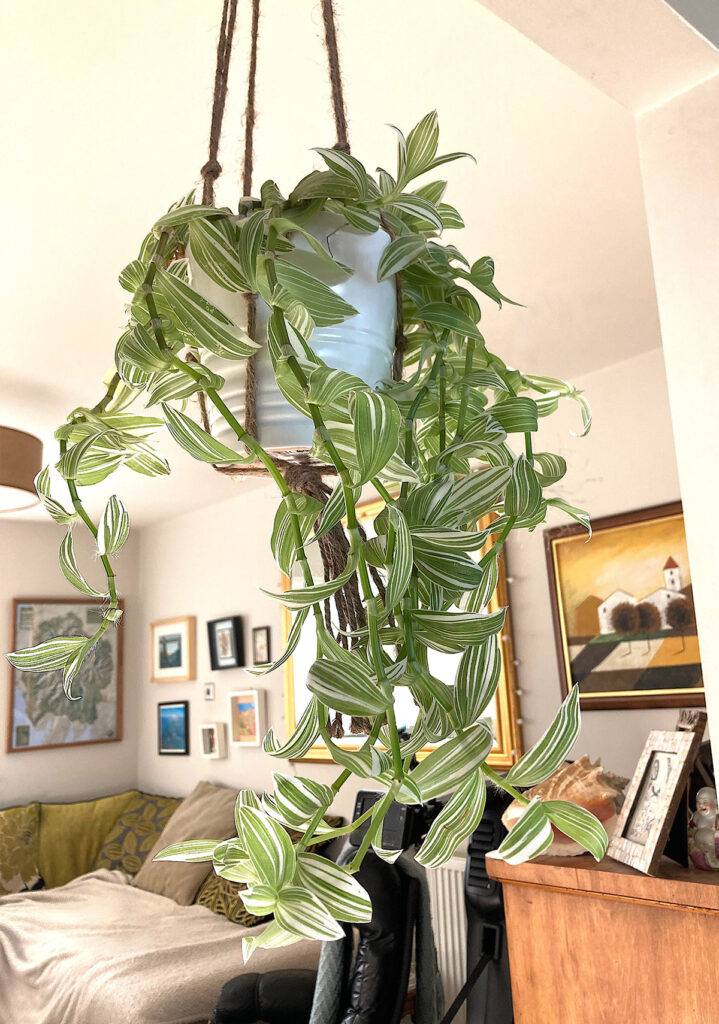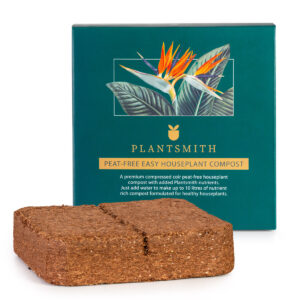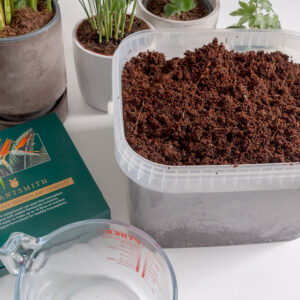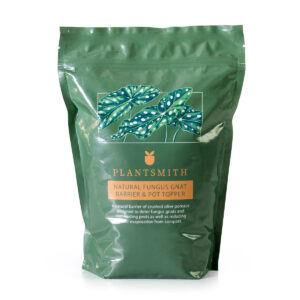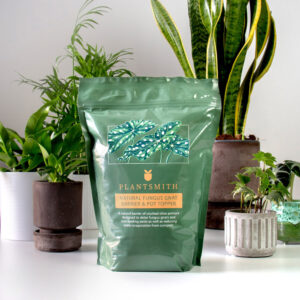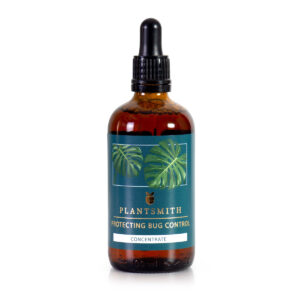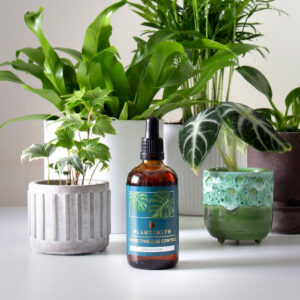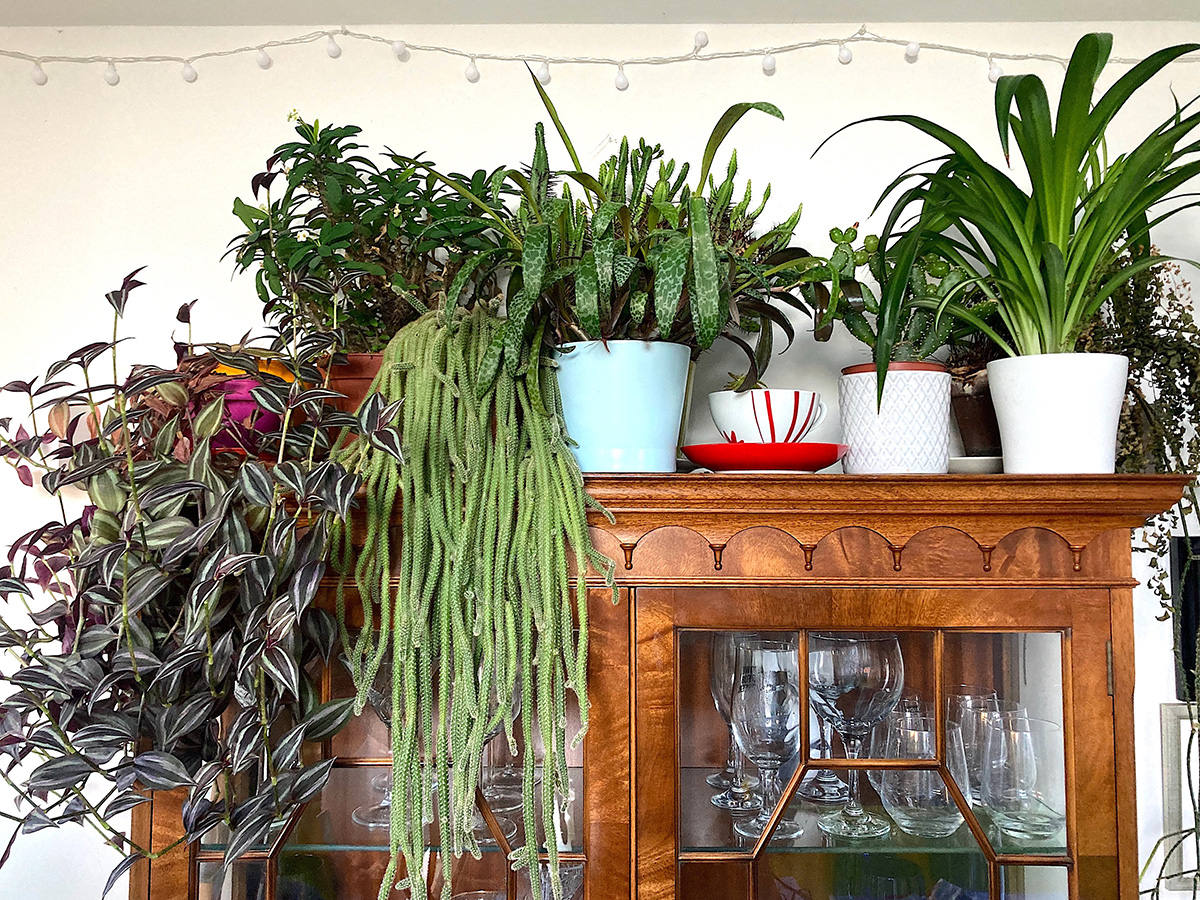Parents of pets have a responsibility to keep them safe. Many plants that we know and love are non-toxic and safe to grow around animals and children but some can in fact be toxic and we need to take precautions.
But just because a houseplant is toxic to pets it does not mean it cannot be grown in the home but we need to consider where that plant lives and put it out of reach of inquisitive furry friends so they cannot chew on foliage.
Any nibbled plant can cause your pet to vomit, this is a natural reaction. Cats use plants to help remove fur balls so do not be alarmed if your pet is sick but if you are concerned then immediately take them to your vet for assessment. Serious issues can occur if toxic plants are ingested; rapid breathing, drooling, fever, seizures or even heart failure are possible.
Cats naturally chew on grass; although it is not exactly understood why, it is thought to relieve stress, constipation and provide vitamins like folic acid which kittens get from their mother’s milk so it is a good idea to have a tub of pesticide-free grass, either dug up from the garden or grown from seed, inside your home, it may stop your pet exploring your houseplants. Choose oat, rye, wheat, barley or a mix of these grasses.
So what can you do to have pets and houseplants living happily in harmony together?
Grow non-toxic houseplants
If you want to play it safe only grow plants that are non-toxic to pets, this way there is no harm done if your feline or canine buddy finds your plant foliage irresistible. There are a terrific number of plants available to choose from.
Pilea peperomioides, the friendship plant, will stand up to a munch and are harmless. Pilea are popular houseplants, easy to look after, requiring little intervention.
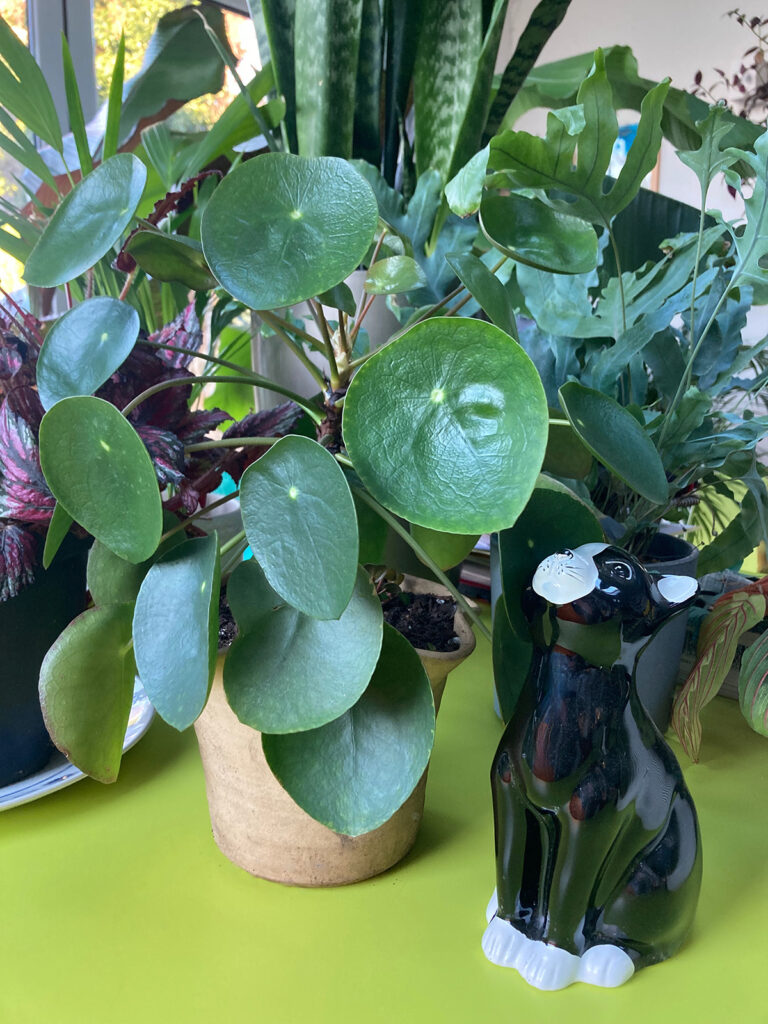
Succulents such as echeveria, haworthia, sempervivum and schlumbergera, Christmas cactus are also non-toxic to cats and dogs as are orchids and Kentia palms.
Chlorophytum comosum, Spider plants, are very popular houseplants with us and cats but although these plants are unlikely to harm your pet it is best to keep the variegated foliage out of paw’s reach. Spider plants contain mildly hallucinogenic chemicals which produce similar effects to that of catnip so although Spider plants are listed as non-toxic it is probably wise that cats do not gorge themselves or they could end up with a tummy upset.
Grow with caution
As a houseplant collector it is difficult to resist some sought after plants but many can cause an expensive trip to the vets so if you have pets, grow the following with caution.
Most lilies like Hemerocallis, Zantedeschia and Lilium are extremely poisonous to cats, dogs and also humans if the plant is ingested. All parts of the plant are toxic containing needle-like oxalate crystals, even the pollen, which can brush onto pet’s coats as they walk past and can cause kidney failure if licked off later. So take special care if lilies are in the house.
Although the South American Peace Lily, is not actually a true lily, Spathiphyllum can still cause sickness so keep it safely out of reach. Other plants to take care with are Crassula argentea, Jade plant, Poinsettia can be a mild irritant, and Monstera delicious, Swiss cheese plant and Pothos also known as Devil’s Ivy contains insoluble calcium oxalates which can cause sickness.
Aloe vera which is actually part of the Liliaceae family may have healing properties for us humans but contains the toxin saponin, as does Sansevieria, snake plant, which causes sickness and diarrhoea in dogs and cats. Also be mindful where you place Alocasia, Bird of Paradise, Strelitzia reginae and Tradescantia.
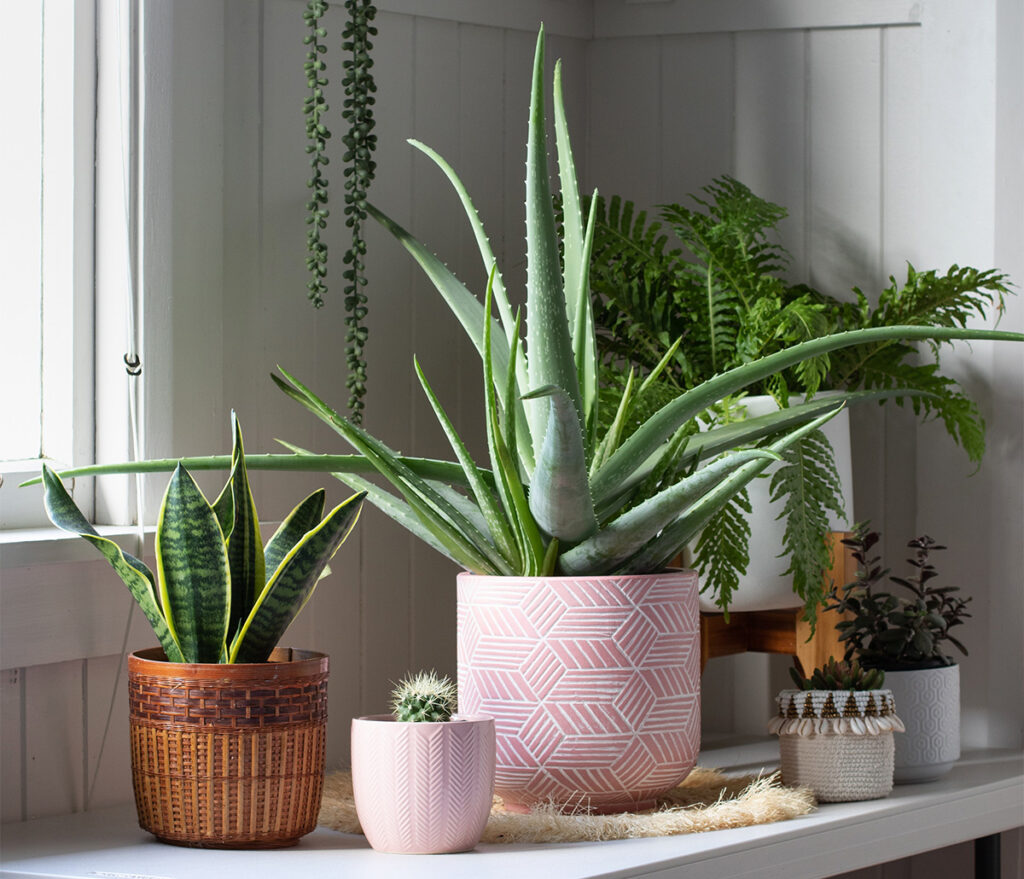
As long as pets cannot ingest these plants, both pets and plants can live happily together. So what can we do to ensure we keep potentially toxic plants out of the way but still enjoy their natural beauty?
Utilise shelves
Place houseplants on high shelves to avoid pets reaching them. This will stop pets jumping up to attempt an exploratory taste. High shelves work particularly well if your house has skylights as your plants are then situated closer to indirect light. Happy houseplants, happy pets.
Use pot stands
Not only do pot stands look cool but placing your pot on a stand will raise the container off the ground and keep tempting foliage out of the eye line of your cat or dog. Out of sight out of mind. Often trailing foliage is too much to resist so be mindful of dangling foliage.
Hanging baskets
Indoors is where hanging baskets get cool. Hanging pots from the ceiling can turn your houseplants into a living art installation. Macrame has become incredibly popular and whether you feel the urge to crochet your own pot holders or surf the internet to purchase a funky handmade hanger; this is a great way to display houseplants and make best use of space by growing vertically.
